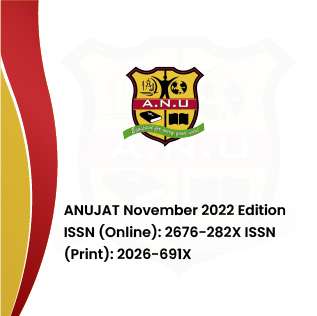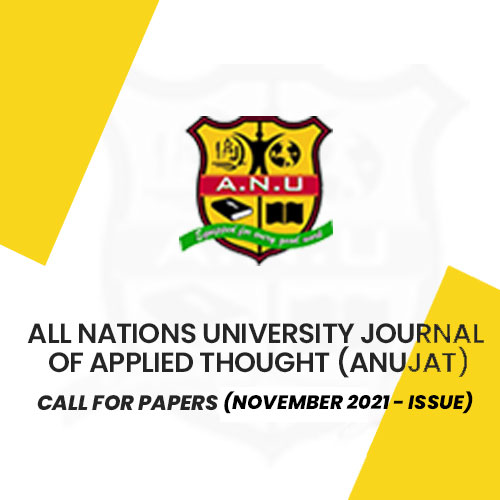About open access
Publication Frequency
ANUJAT publishes twice a year; May and November.
Open Access Policy
ANUJAT provides immediate open access to its content on the principle that making research freely available to the public supports a greater global exchange of knowledge.
What is open access?
Open access publications are freely and permanently available online to anyone with an internet connection. Unrestricted use, distribution and reproduction in any medium is permitted, provided the author/editor is properly attributed.
As such, every article appearing in ANUJAT and any book published in ANUJAT is ‘open access’, meaning that:
1. The article/book is universally and freely accessible via the Internet, in an easily readable format. All publications are deposited immediately upon publication, without embargo, in an agreed format – current preference is XML with a declared DTD – in at least one widely and internationally recognised open access repository.
2. The author(s) or copyright owner(s) irrevocably grant(s) to any third party, in advance and in perpetuity, the right to use, reproduce or disseminate the article/book in its entirety or in part, in any format or medium, provided that no substantive errors are introduced in the process, proper attribution of authorship and correct citation details are given, and that the bibliographic details are not changed. If the article/book is reproduced or disseminated in part, this must be clearly and unequivocally indicated.
Open access has gained tremendous support from both authors, who appreciate the increased visibility of their work, as well as academic institutions and funders, who value the societal impact of freely available research results.
ANUJAT is permanently committed to maintaining this open access publishing policy, retrospectively and prospectively, in all eventualities, including any future changes in ownership.
What are the benefits of open access publishing?
· Free availability thanks to unrestricted online access
Open access publications are freely available online to anyone. This maximizes visibility, and thus the uptake and use of the work published
· Authors retain copyright
The use of a Creative Commons License enables authors/editors to retain copyright to their work. Publications can be reused and redistributed as long as the original author is correctly attributed.
· High quality and rigorous peer review
Open access publications run through the same peer review, production and publishing processes similar to journals and books published under the traditional subscription-based model do.
· Rapid publication
A streamlined and easy to use online submission and production process enables quick review, approval and publication.
· No space constraints
Publishing online means unlimited space for supplementary material including figures, extensive data and video footage.
· Compliance with open access mandates
Open access publications can comply with open access mandates from funding sources or academic institutions in the fastest and easiest way. Final articles can be deposited into bibliographic databases and institutional repositories without any embargo periods
· Citation tracking and inclusion in bibliographic databases
Open access journals are tracked for impact factors and are deposited into bibliographic databases and institutional repositories without any embargo period just as traditional journals.




